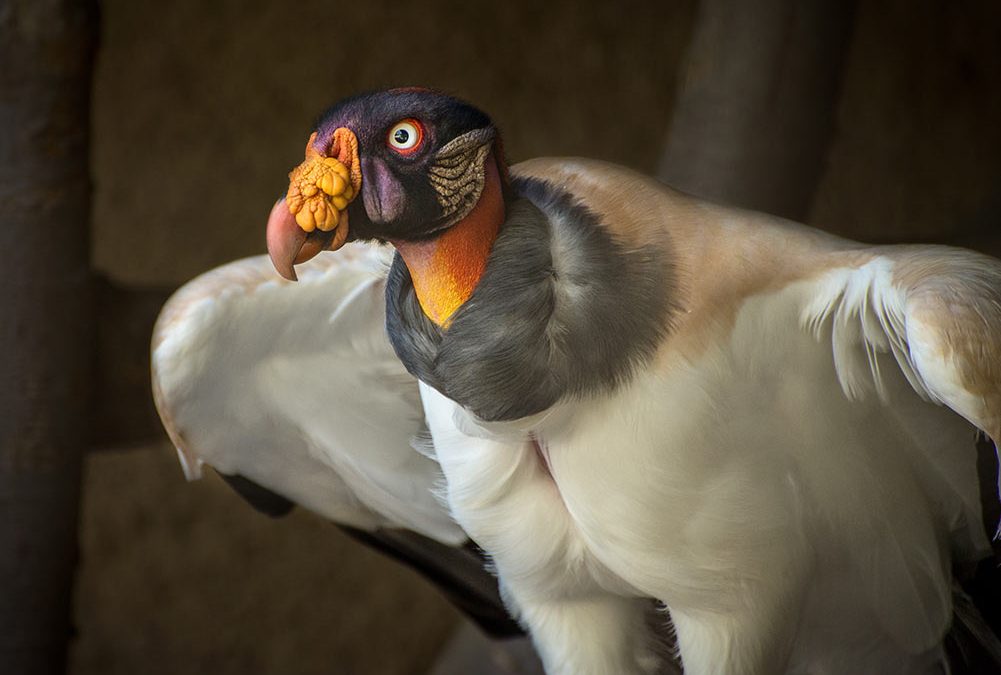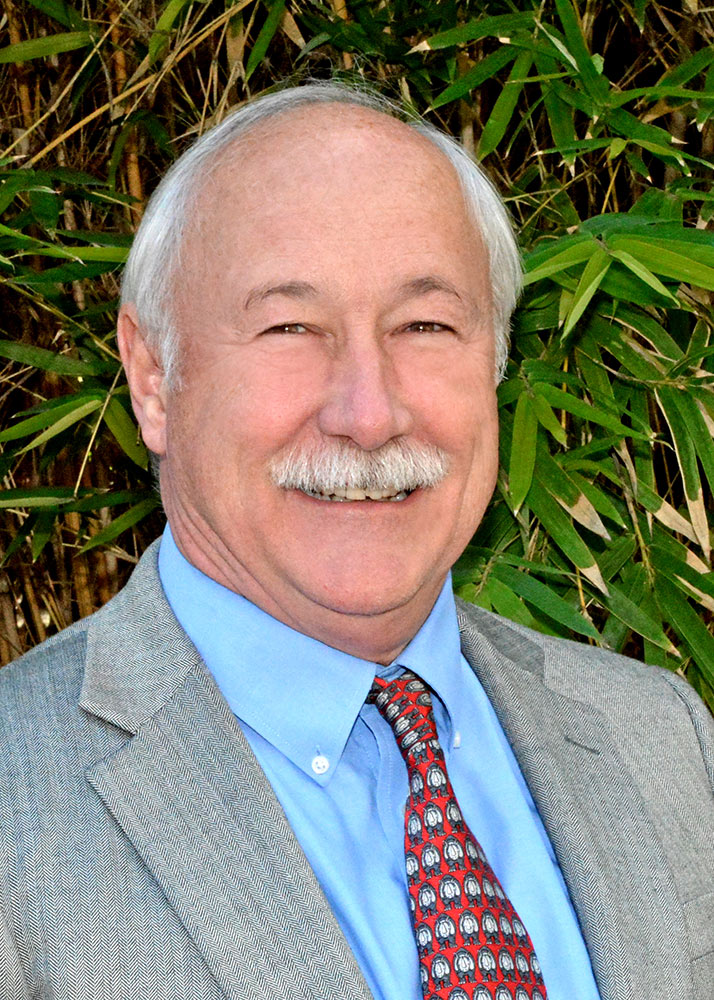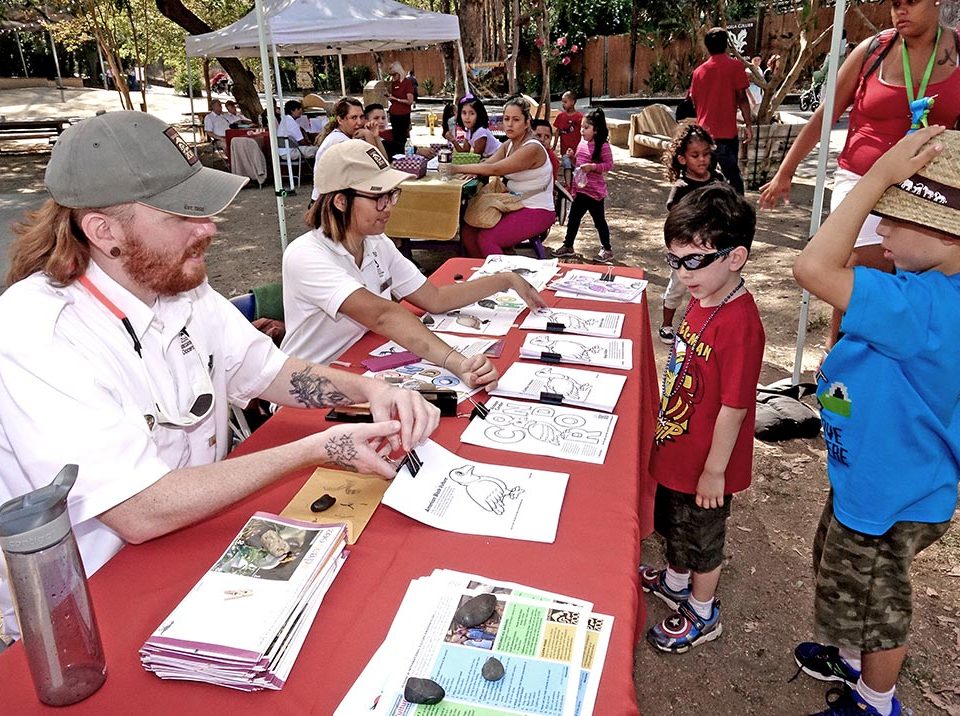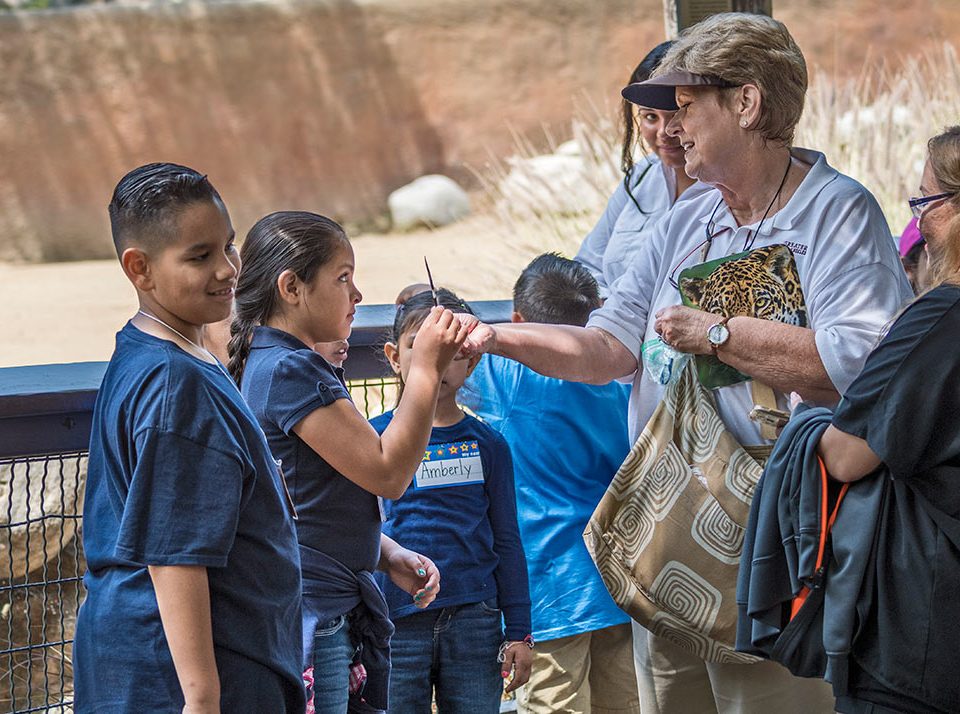Zoo Update with John Lewis

This Weekend, Get Into Vulture Culture
August 28, 2018
King Vulture Photo by Jamie Pham
When I was in college, I, like many students at the time, had a poster on the wall featuring two vultures. The caption was, “Patience, my %&*! I’m going to kill something.” It hung next to various Peter Max posters whose brightness countered the edginess represented by the vultures. Little did I know then how my life would be connected to the presence of those patient birds.
It is, unfortunately, our common behavior to denigrate people, animals, and even things we don’t understand—and that is certainly true of vultures. We think of them as greedy, unscrupulous, and even ruthless when in fact they are not that at all and are immensely beneficial to our environment. Vultures feeding on dead animals not only provide an aesthetic benefit but more importantly help to prevent the spread of disease from old corpses. They, along with many animals and invertebrates, are the original recyclers, returning organic resources back into the ecosystem. Think of skunks, hyenas, burying and dung beetles, and crabs as other examples.
Because we don’t understand their importance to the environment, many of these species are in trouble, which is especially true for vultures. Direct and indirect actions have caused vulture populations (which include condors) to plummet. Vultures are affected by lead poisoning from incidentally eating gunshot fragments in animal parts, intentional poisoning by poachers trying to hide their illegal actions, and accidental poisoning from narcotics when eating dead animals previously under veterinary treatment. Many of these threats have been stopped or reduced, but it will take years for vulture populations to rebound.
Learn more about these great recyclers and what you can do to help vultures by attending the Zoo during International Vulture Awareness Day—IVAD—on September 1. Thanks for supporting the Los Angeles Zoo.





